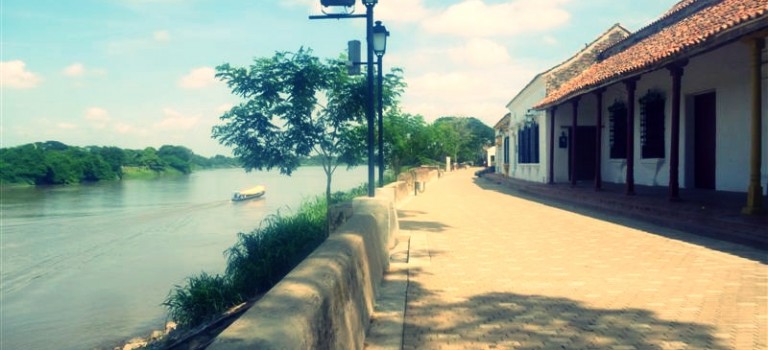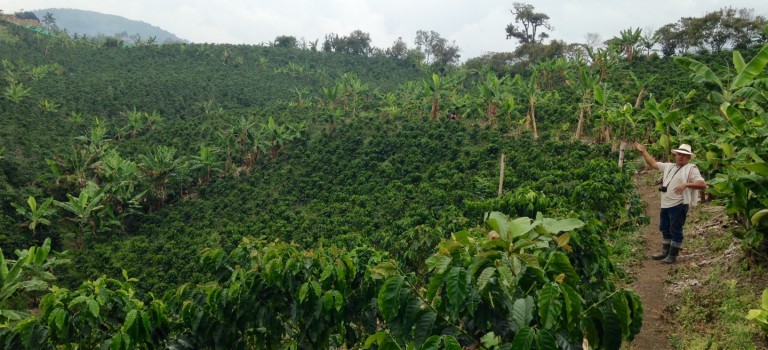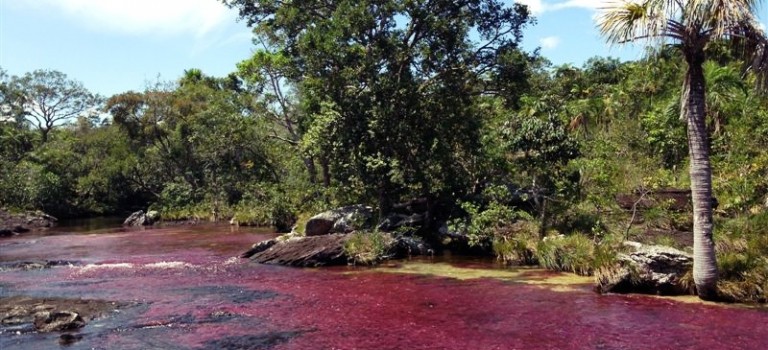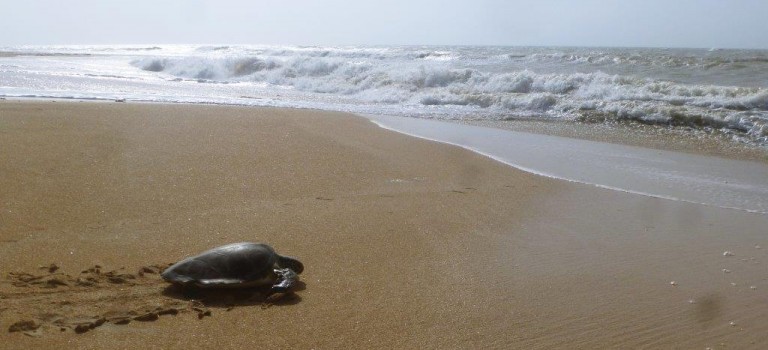Since a long time, I have been thinking about travelling to Mompox – another hidden colonial jewel on Colombia’s Caribbean Coast. As it is always much travel time to get there, we took advantage of one of the many Colombian holidays to go for a long weekend to Cartagena. This time I convinced my friends Yicel and Paola to travel back in time with me. We took a flight to Cartagena on Friday afternoon! Here we stayed at the nice hotel Don Pedro Heredia in the historical centre! As our night would be very short, we just went to have dinner in one of my favourite restaurants El Bistro. Then we set our alarm clock to 4am as our collective taxi was going to pick us up at 5am!
[gallery_bank type=”images” format=”thumbnail” title=”true” desc=”false” responsive=”true” animation_effect=”bounce” album_title=”false” album_id=”120″]
Just in time, our driver picked us up at 5am and we started our long journey. We passed by little Colombian villages and beautiful countrysides. On the way we stopped at a little restaurant to have a typical Caribbean breakfast: “arepas con huevo” and of course a tasty Colombian coffee. Then we continued our trip and just an hour before arriving in Mompox, we took a small ferry to cross the river Rio Magdalena. This so-called ferry was definitely very different from what we had expected as it was only a kind of float that fit 2-3 vehicles. It only took 5 minutes to cross the river with it and then we continued our ride on a more adventurous path to Mompox. After 5 hours we arrived in this beautiful colonial town.
[gallery_bank type=”images” format=”thumbnail” title=”true” desc=”false” responsive=”true” animation_effect=”bounce” album_title=”false” album_id=”121″]
Here we stayed at the charming hotel Casa Amarilla where everyone welcomed us very friendly. As we started our trip so early in Cartagena, we luckily had the whole day to discover Santa Cruz de Mompox whose historical centre was declared a World Heritage Site by the Unesco in 1995. Its white-washed houses and colonial churches are still very well preserved and walking along the lonesome cobble-stone streets just makes you feel centuries back in time. It is a perfect place to relax – even though the heat in Mompox might make it pretty tough to stroll through the streets and you are just thankful for any gentle breeze from the majestic Magdalena River. During our walk through the narrow streets we could not resist to sneak a view through the impressing huge windows and doors of the colonial buildings and see the locals in their huge backyards relaxing in their rocking chairs.
[gallery_bank type=”images” format=”thumbnail” title=”true” desc=”false” responsive=”true” animation_effect=”bounce” album_title=”false” album_id=”122″]
Then we visited Filimompox which is one of about 60 workshops in Mompox that are dedicated to the art of gold and silver filigree jewelry. Here we were able to observe the artisans during their fine work with their fingertips. Their working place was simply the backyard of the jewelry shop. All filigree jewelry is still handmade and it was very impressing to see only men bending and shaping mostly silver pieces into these beautiful miniature artworks. They also explained us more about the process of the filigree art and everyone was specialist in a different field – one was forming the silver with a blowtorch to shape the silver and the next one was using his fingertips, pliers and nails to form the miniature circles and figures.
[gallery_bank type=”images” format=”thumbnail” title=”true” desc=”false” responsive=”true” animation_effect=”bounce” album_title=”false” album_id=”123″]
Of course, we could not resist to buy some earrings, necklaces, rings of this wonderful filigree jewelry which were also very cheap – especially concerning the hard work that the talented artisans put into it.
The Momposinos are renowned for their unique filigree artwork in Colombia – but this is just one reason to travel to this enchanting sleepy little town. In my next blog, I will tell you more about my experiences in Mompox.
[gallery_bank type=”images” format=”thumbnail” title=”true” desc=”false” responsive=”true” animation_effect=”bounce” album_title=”false” album_id=”124″]




